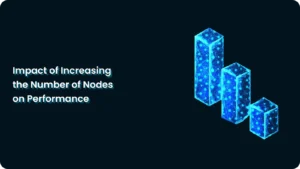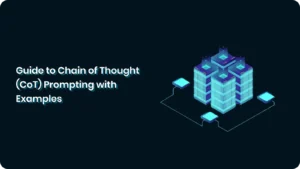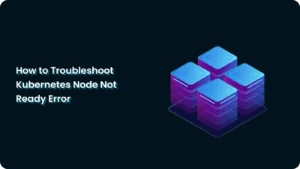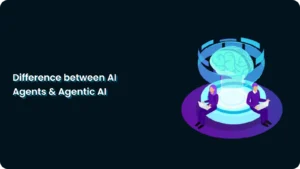The Hidden Struggles of Cloud-Native: My Journey Through Troubleshooting and Optimization Nightmares

Cloud-native architectures have been a game-changer for the tech industry, offering the promise of scalability, flexibility, and faster deployments.
At the heart of this approach are three key pillars: microservices, containerization, and orchestration. Microservices allow us to break down applications into smaller, independent services that can be developed, deployed, and scaled individually.
Containerization ensures that these services run in a consistent environment, whether on your local machine or in the cloud. Orchestration tools, like Kubernetes, manage the deployment, scaling, and operation of these containers across clusters. These pillars are crucial because they enable the agility and resilience that cloud-native promises.
For the past 6-7 years, our team has been building data platforms and solutions for global customers using cloud-native technology. While these pillars offer tremendous benefits, they also bring a set of challenges that most teams, including ours, have grappled with. Our early experiences taught us valuable lessons, especially when it comes to troubleshooting and optimization.
The Pain of Troubleshooting
- Distributed Systems Complexity: When we first started, one of the biggest headaches was dealing with the complexity of distributed systems. I remember a particularly nasty issue where a problem bounced between services, making it nearly impossible to pin down. This situation almost cost us a major contract because we couldn’t resolve it quickly enough—a problem I know many teams have faced when dealing with cloud-native systems.
- Ephemeral Environments: Another common issue we encountered was the transient nature of cloud-native environments. Containers and VMs would spin up and down so quickly that we often lost logs and error messages before we could even see them. It felt like trying to catch smoke, and I know many other teams have experienced the same frustration when bugs disappear as quickly as they appear.
- Microservices Communication: Microservices architecture, while powerful, isn’t without its issues. Our team spent days debugging a network partition that caused a cascading failure across multiple services. This kind of problem is all too common in cloud-native environments, where the interconnectedness of services can turn minor issues into major outages.
- Lack of Unified Logging and Monitoring: At the start, we didn’t have a unified logging system, so each service was monitored in isolation. This led to a lot of wasted time during critical incidents, as we scrambled to piece together logs from multiple sources. It quickly became clear that we needed a centralized observability platform—something that most teams realize sooner or later when working with cloud-native architectures.
- Tooling Overload: The sheer number of tools available in the cloud-native ecosystem can be overwhelming. Our team fell into the trap of using too many tools, which led to fragmented data and a disjointed troubleshooting process. This is a common challenge, as many teams struggle to maintain a clear picture when their data is spread across different platforms.
The Struggles of Optimization
- Resource Overheads: One of the first issues we noticed was that our applications were running slower than expected. The overhead introduced by containerization and orchestration layers was consuming more resources than we had anticipated. This is a challenge that many teams face when trying to optimize their cloud-native setups.
- Auto-scaling Nuances: Getting auto-scaling right isn’t as simple as it sounds. Our team, like many others, misconfigured our scaling policies early on, leading to resource wastage and inflated costs. It took us weeks to find the right balance between performance and cost-efficiency—a common struggle for teams working with cloud-native technologies.
- Service Mesh Complexity: Implementing a service mesh added another layer of complexity to our architecture. While it offered benefits like traffic management, it also introduced additional latency that we had to fine-tune. Many teams face this same challenge, trying to balance the benefits of a service mesh with the performance trade-offs it introduces.
- Inconsistent Performance Across Environments: We learned the hard way that what works in a development environment doesn’t always translate to production. These inconsistencies led to unexpected performance bottlenecks, a frustration shared by many teams working in cloud-native environments. We had to start rigorously testing across all environments to avoid these pitfalls.
- Latency from Inter-service Communication: The reliance on inter-service communication in microservices architecture can introduce significant latency. Our team faced this issue when network overhead slowed our application’s response time. It’s a widespread challenge that requires careful tuning to minimize latency and optimize performance.
Conclusion
Cloud-native technology offers incredible potential, but the challenges are real and widespread. Over the years, our team has faced many of these issues head-on, nearly losing jobs and major contracts because of the complexities of troubleshooting and optimization. These problems aren’t unique to us; they’re common across teams adopting cloud-native architectures. However, with the right strategies and tools, it’s possible to overcome these difficulties and fully harness the power of cloud-native technology.





